About Us
Products
TENDERBOXTypes of e-tendersModules and functionalitiesSalesHow does e-tender works?JOSEPHINESFTMARQUETWENDY
Education
PROCUREMENT BOARD
PROCUREMENT BOARD
Helpdesk
Contact
The digitalization of procurement brings new concepts of communication with suppliers - tendering. Behind the success of each e-tendering is honest preparation, precise description of the requested goods and approaching suitable suppliers. The standard e-tender, also known as RFx demand, is usually single-round, extended with dynamic price comparison, electronic auctions, most often three-round.
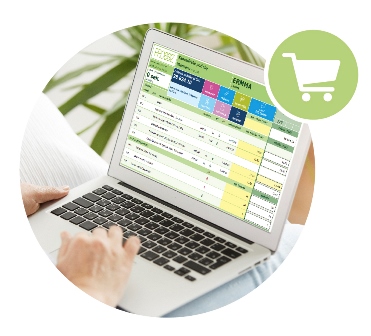
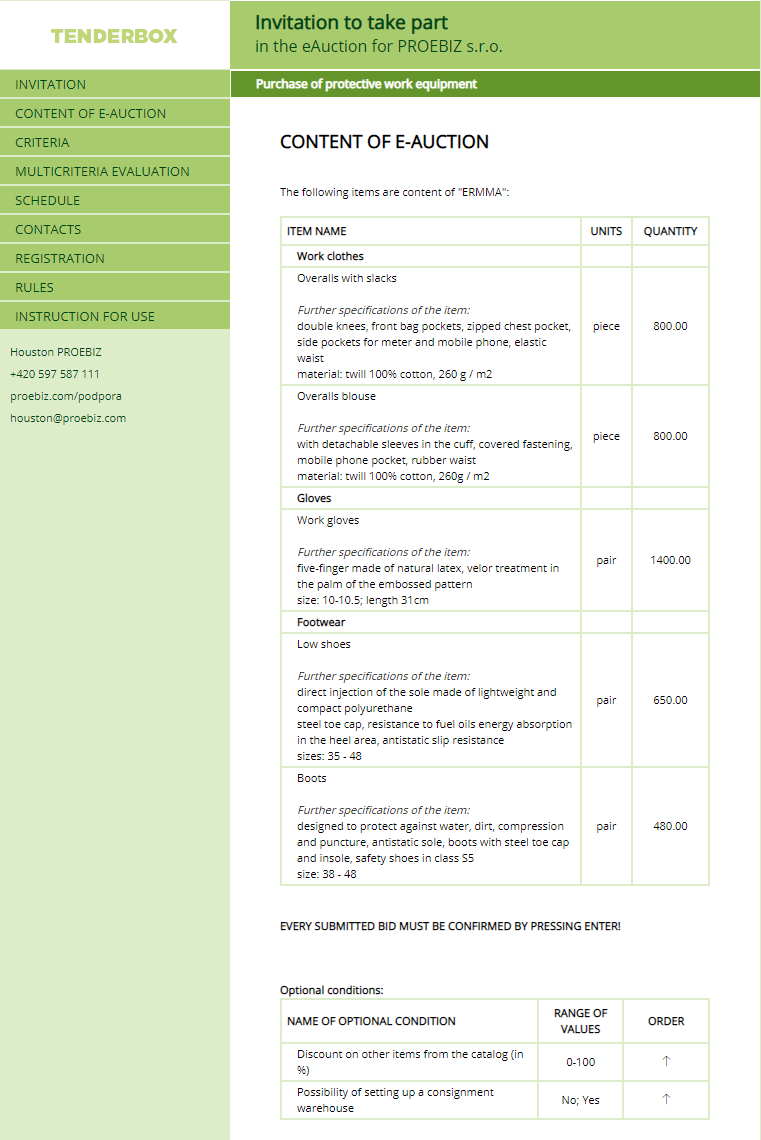
In the first phase, also called the Entry Round, the approached supplier receives an invitation by email containing all the details and information they need to know for their decision to submit a tender. In addition to the specification of the quantity requested, it shall also include a specification of the other terms of supply and a draft contract.
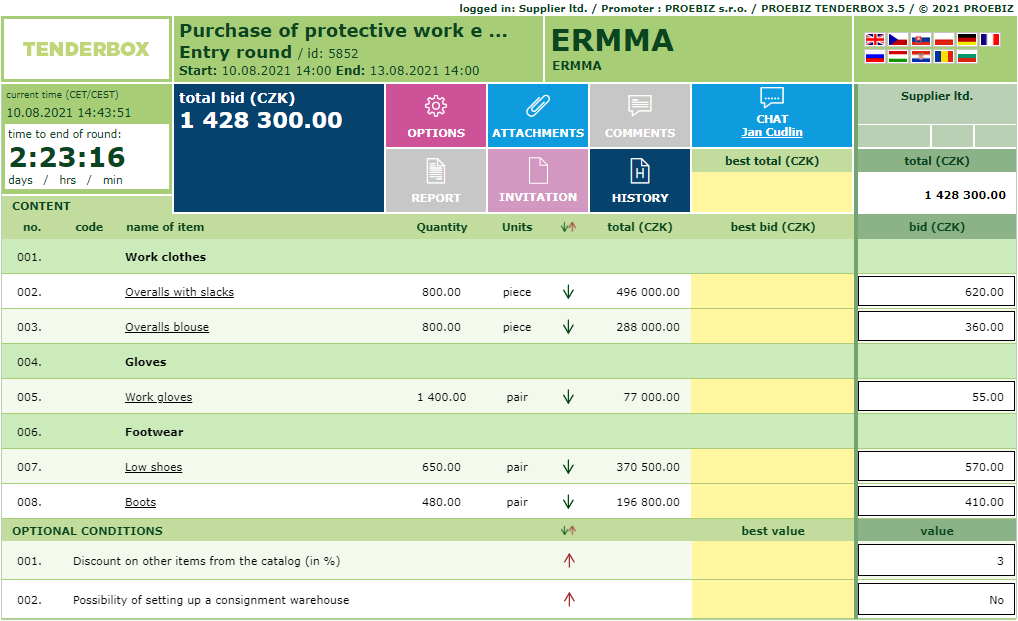
For single-round benchmarking requests, the e-tender ends with the submission of the bid. From a technical point of view, in multi-ballot tenders, this stage can also be seen as a "Supplier Round", which is used for the supplier to express interest in the tender and to familiarize themselves with the electronic tool.
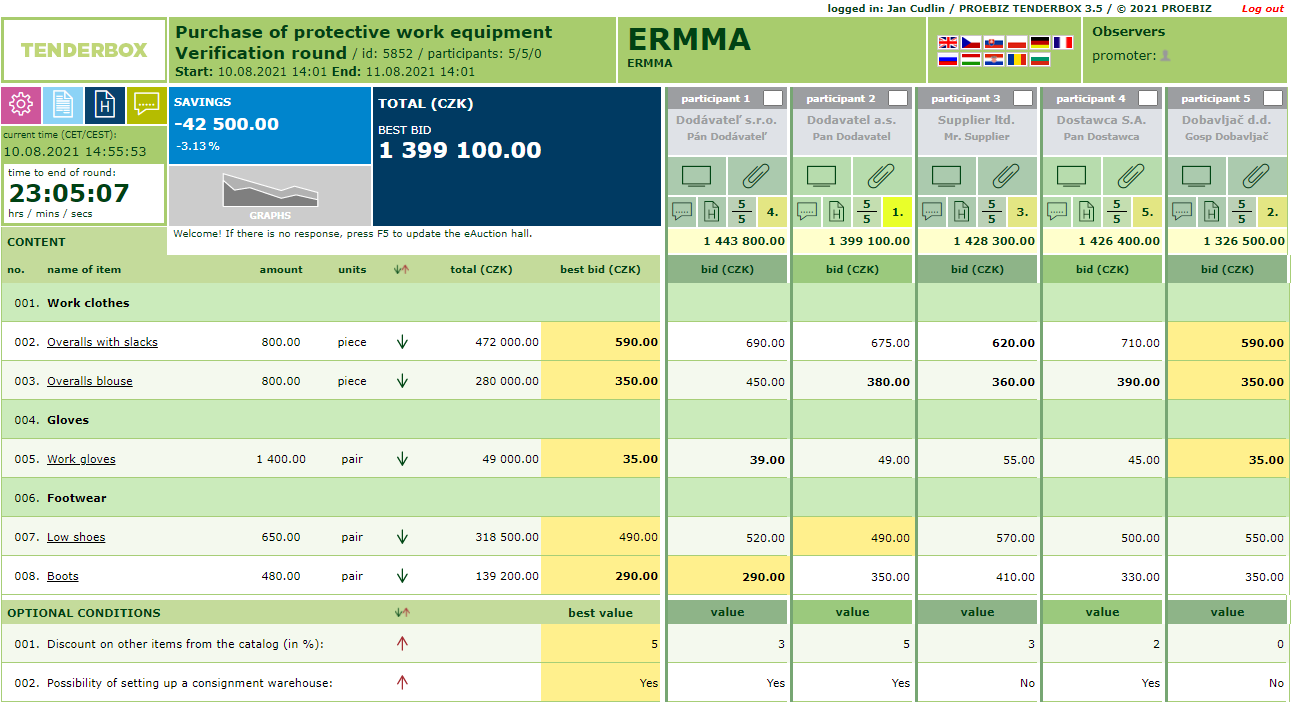
The following phase is called the inspection, qualification, or purchaser round. The system makes it impossible for the supplier to perform any action and the purchaser/administrator can easily check the suppliers' bids against the submitted documents proving the qualification requirements and thus "qualify" them for the final stage of the e-tender.
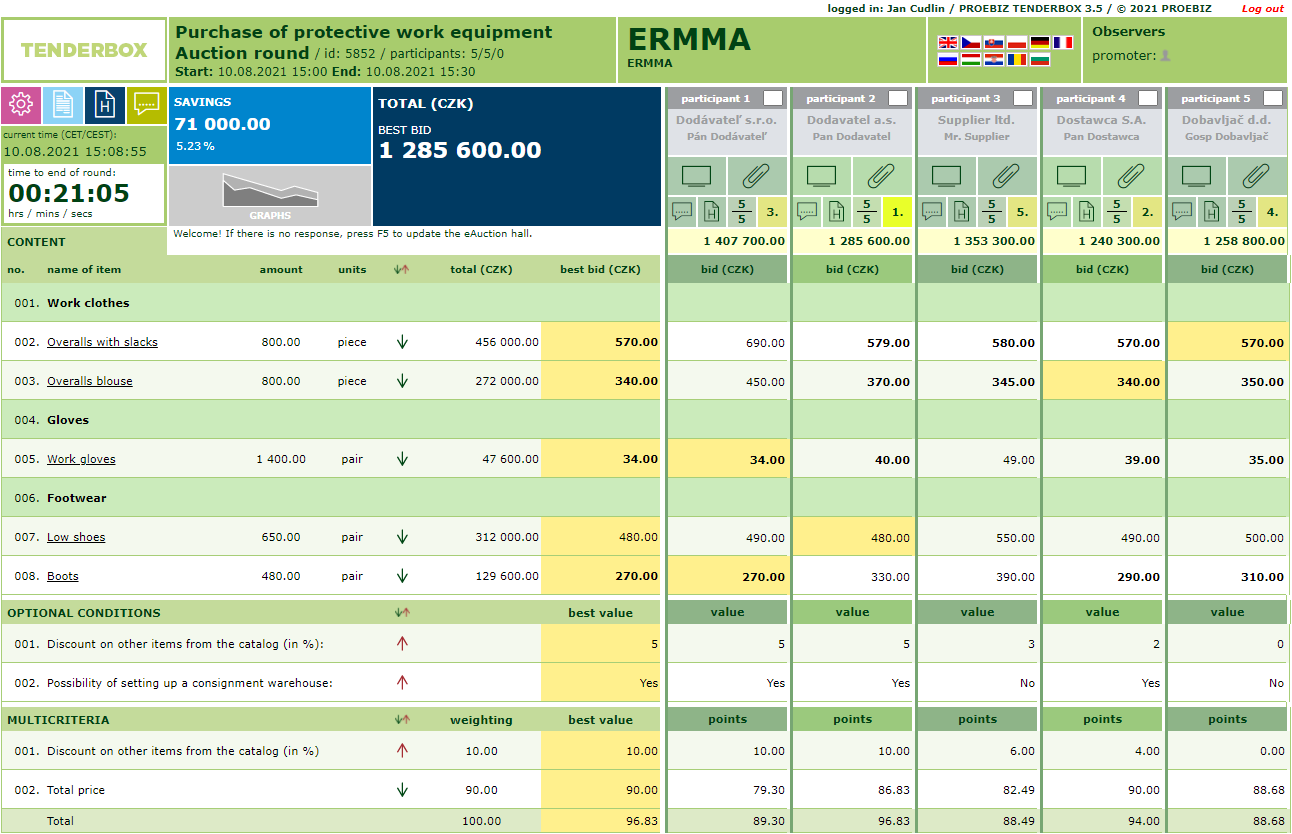
The final phase of the e-tender is the Auction or Competition Round. The supplier's offer is compared with the best values of other equally qualified suppliers. They can respond to competing offers by improving their own offer. In the last minutes of the competition round, if bids change, the round is extended to give other eAuction participants time to react. The electronic auction ends when the countdown timer expires and when all participants have remained unresponsive.